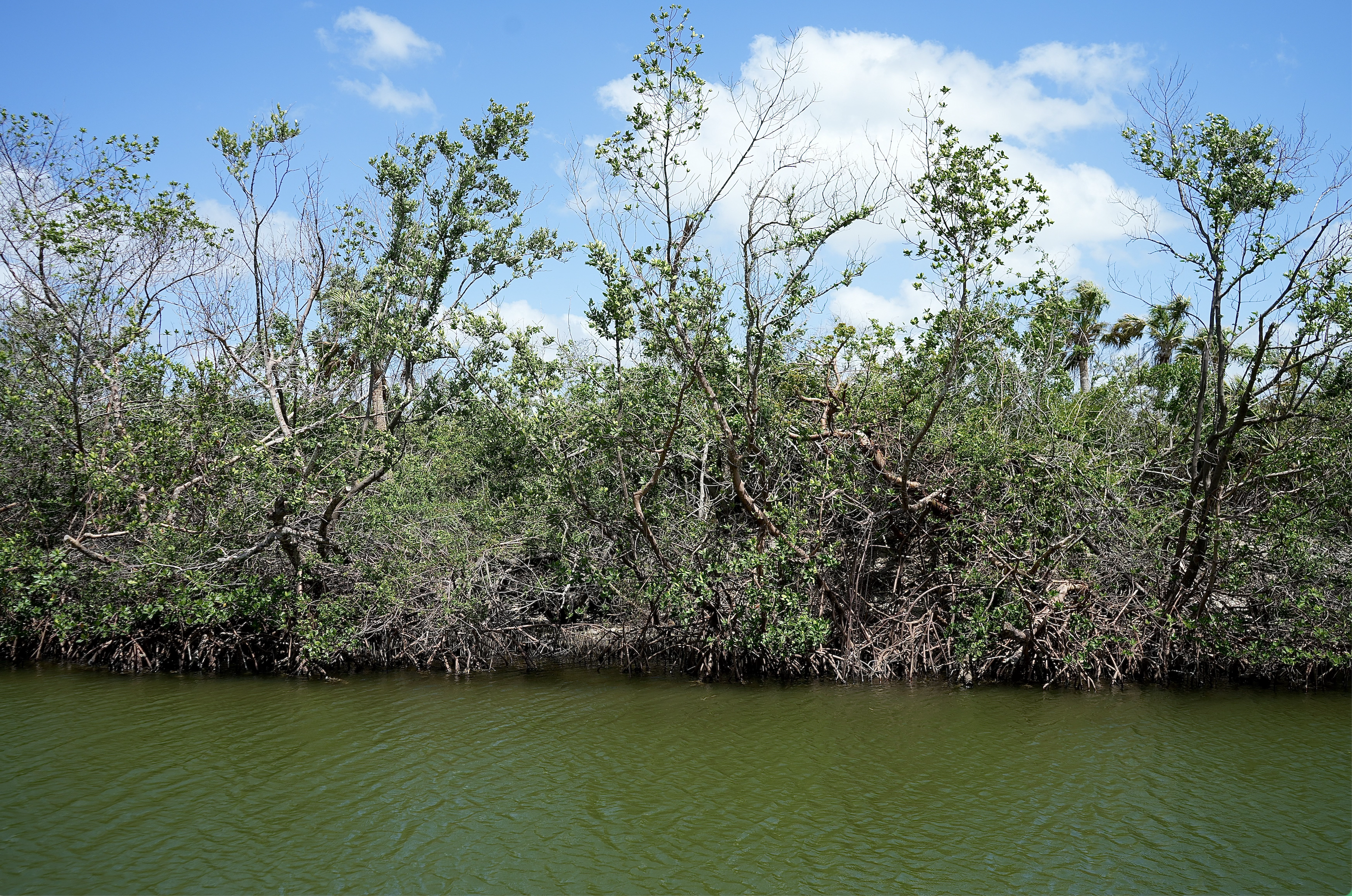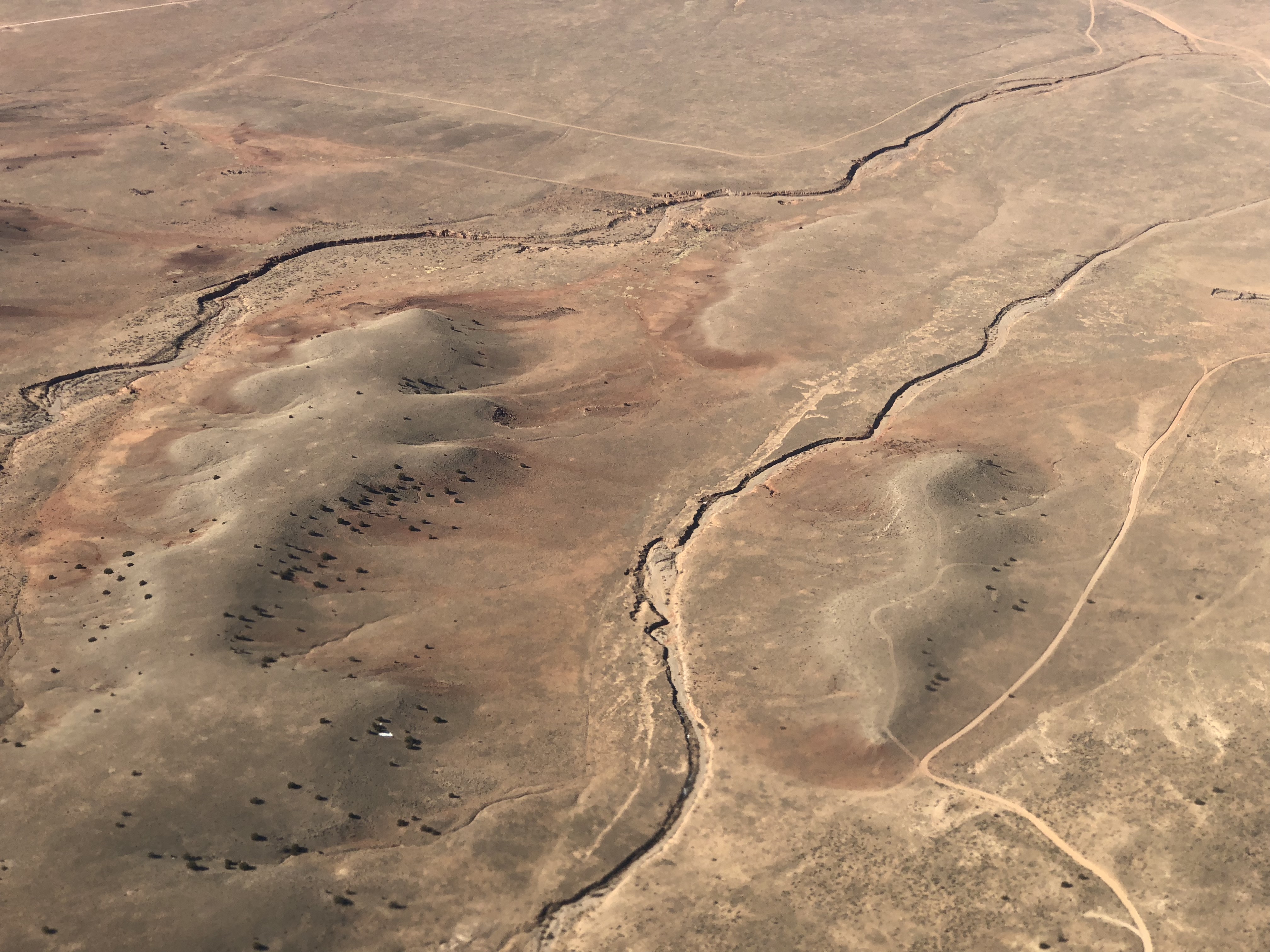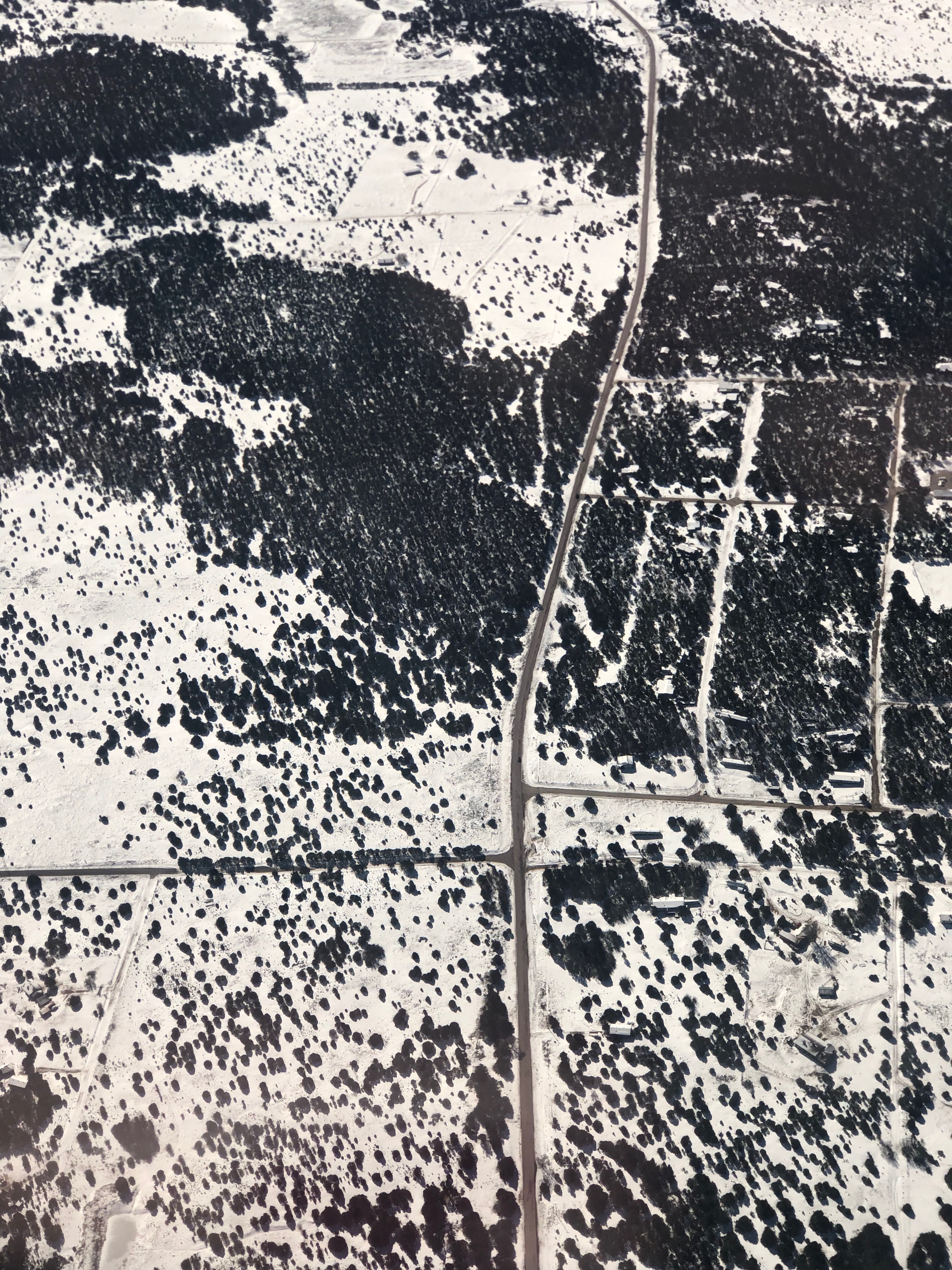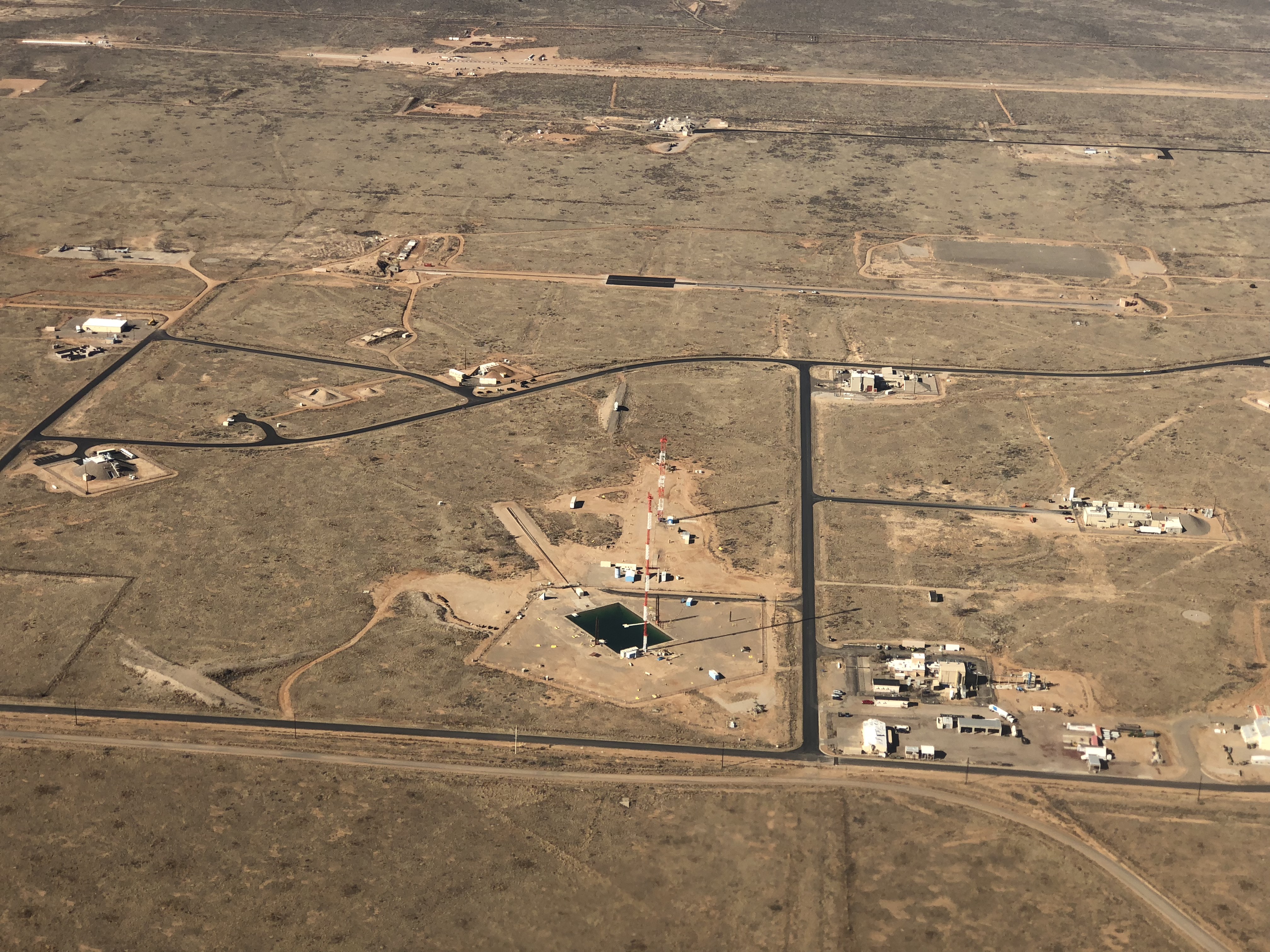



Biscayne Bay
Miami is sandwiched between Biscayne Bay and the sweet, slow-moving Everglades in a concrete metropolis built atop porous oolite rock.
In Miami, tropical storms and hurricanes jeopardize neighborhoods, and rising seas contribute to tidal flooding, threatening the aquifer that supplies the region’s drinking water, polluting the Bay, and killing fish. With half of Florida’s wetlands destroyed, and vast urban development, the coastal city of six million people is left with little shoreline protection.
Biscayne Bay is Miami’s “Blue Heart,” but it is slowly dying and jeopardizing the ecological and urban core it supports. My on-going research and storytelling work on Biscayne Bay focuses on developing nature-based solutions to adapt to climate change.
Cloud Forest
The cloud forests of the Andes occur because humidity moving west from the Amazon rainforests cools and condenses into water as it rises up the mountain slopes. Because of their high biodiversity, these are some of the most fragile and complex places on earth. Colombia has one of the largest areas of cloud forests, yet only 10-20% of the initial cover remains. Because of the richness in species, especially birds and amphibians, the sounds of the forest are unlike any other on earth. The Quindio Wax Palm (Ceroxylon quindiuense) is an endangered palm and Colombia’s national tree. It is the tallest palm in the world that grows at the highest elevation on Earth. Due to widespread agriculture and its wax-like properties, it has been driven to critically low numbers. Preserving species like the Wax Palm is a priority for the Colombian government and scientists conducting research here.
Mango Season
“Those who sweat and suffer through June and July in South Florida are rewarded with mangoes blushing from trees in yards, streets and strip malls.” - NY Times
“The Miami summer scares off tourists and part-timers who only care to experience the glorious winter.
The reward for hardy locals who remain year round, sweating and suffering through hurricane season, comes in the form of the seductive mango, blushing from trees in yards, streets and strip malls.
“This,” said Mr. Stern, who grew up in suburban Kendall, “is a gift to the folks who stay.”
What he and other South Florida mango evangelists cherish most about the peak June-to-August season is how sharing a beloved fruit brings people together in a relatively young, multinational city with few widely shared traditions. Mangoes remind immigrants of the places they left — and help them feel like Miami, with its hodgepodge of cultures and languages, is home.”
Excerpt from NY Times--“The Mango Is King of the Miami Summer”







A Giant Blob of Seaweed Is Heading to Florida
“The mass, known as the great Atlantic Sargassum belt, is drifting toward the Gulf of Mexico. Scientists say seaweed is likely to come ashore by summer to create a rotting, stinking, scourge.
The seaweed, which can also cause pollution and threaten human health as it decays, has already begun to creep onto the shores of Key West, Fla. In Mexico, “excessive” levels of the seaweed were recorded last month choking beaches south of Cancún. Photos and videos from the region show beachgoers wading through the brown muck along usually glistening beaches.”
NY Times





Homebound
My family is from Argentina, where I was also born. This photographic story is about coming home to my country of origin after being away for over a decade after immigrating to the US. I was most in awe of the stories my grandparents would tell me about “El Campo,” the family ranch. They were gauchos in Las Pampas, a remote part of the country. Pampas comes from the indigenous Quechua word: “pampa“ meaning "plain.” The lowlands here are fertile, with vast grasslands that extend until distant mountains. I also journeyed to the south of Argentina along the border with Chile, and explored remote glacial regions via backpack. Documenting the natural wonders of these places gave me reasons to push for their protection and conservation for future generations.
The relationship between the land, water, ecosystem, and the people is unique here, and contrasts with the dense city life of Buenos Aires, the country’s capital.
















Captiva
Today, a 100-yard-wide channel separates the cars that swarm over Sanibel and Captiva from the lush, 550-acre hunk of unspoiled Florida known as North Captiva.
North Captiva came under the state's eye as a good acquisition because it was the type of land that was rapidly becoming extinct. In the late 1970s, under the auspices of the Environmentally Endangered Land Act and the Conservation and Recreational Land Act, the state purchased the southern three-fourths of the island.
These 350 acres of cabbage palms, mangroves and pristine beach look the same as when Spanish explorers arrived four centuries ago, when the name Captiva originated, used to hold captives. It is one of the last underdeveloped barrier-islands in Florida.
North Captiva floats between urbanized and wild, with no paved roads and only accessible by boat. The island is a case study of the relationship between people and the last remainings of unspoiled Floridian islands facing environmental climate change and biodiversity loss.














Rio Grande
Water from the Rio Grande flows out of the snowcapped Rocky Mountains in Colorado from its headwaters in the San Juan Mountains, and journeys 1,900 miles to the Gulf of Mexico. It passes through 800-foot chasms of the Rio Grande Gorge, a wild and remote area of northern New Mexico.
Despite its name, the river narrows every dry season, leaving communities like those in Albuquerque, New Mexico, short of resources and spurring havoc among groups over water rights.